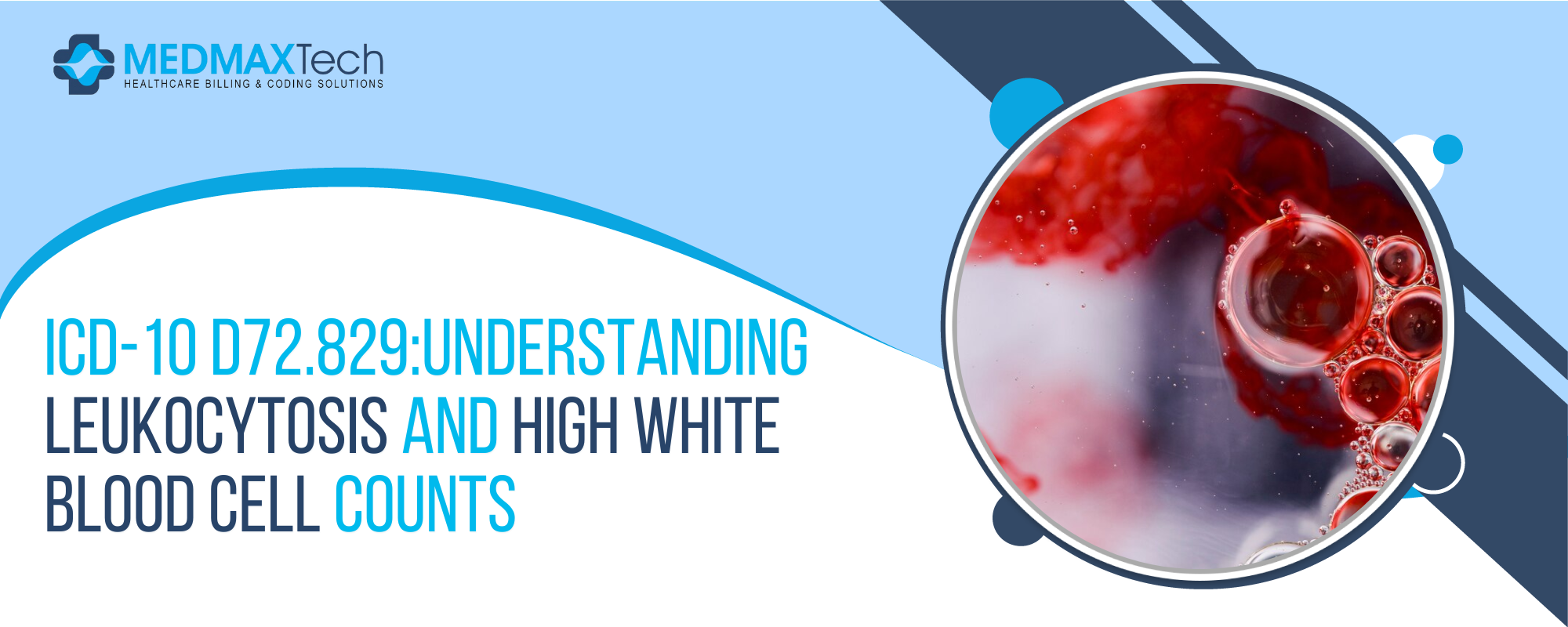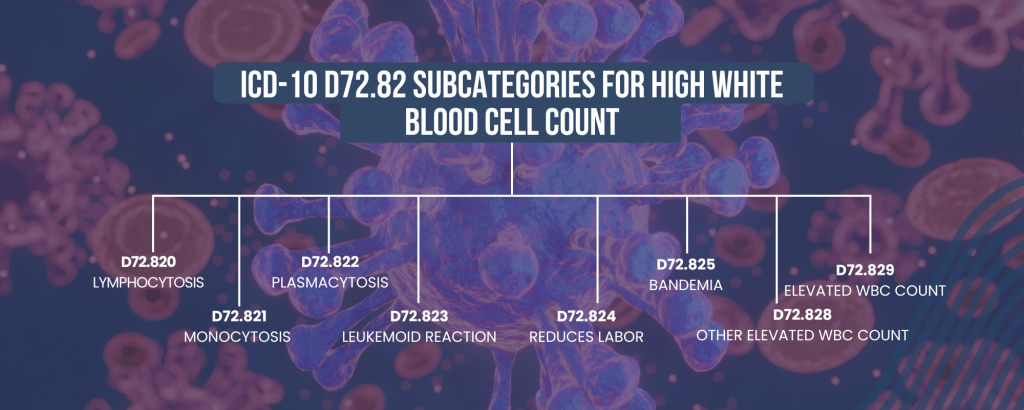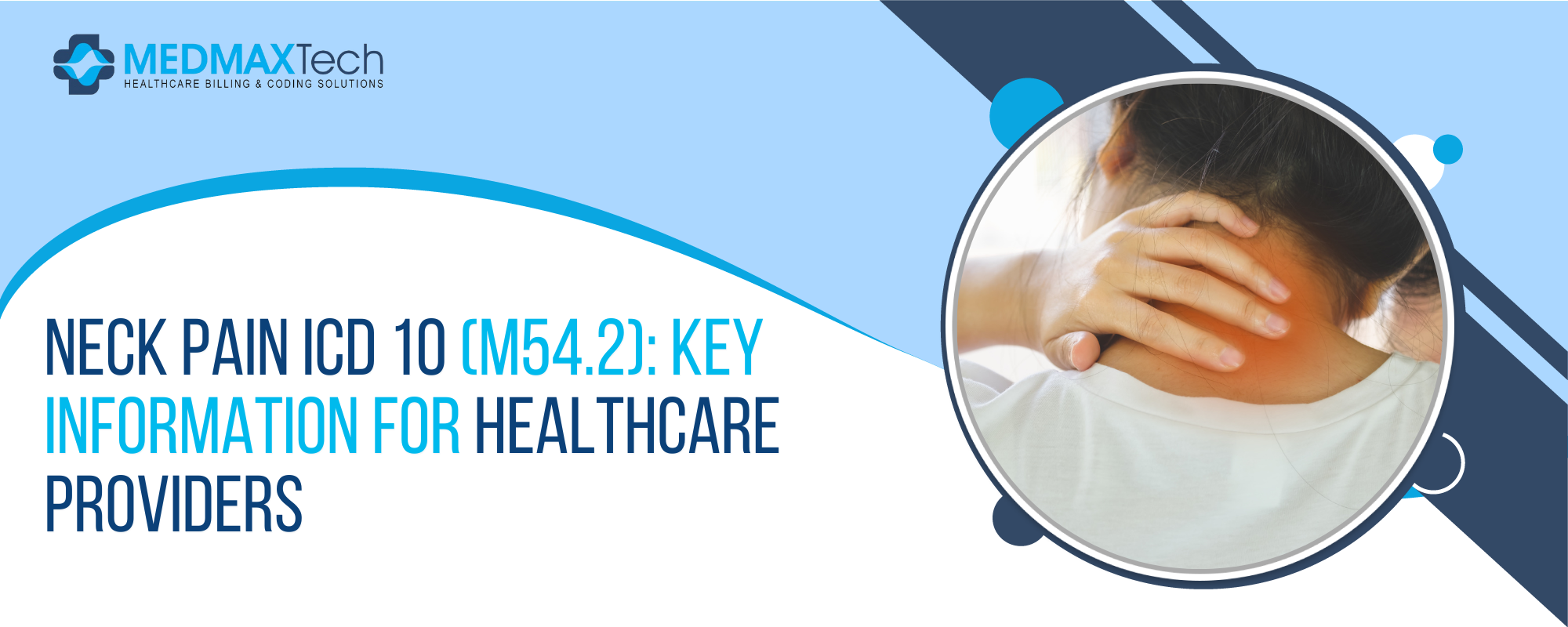
ICD-10 D72.829: Understanding Leukocytosis and High White Blood Cell Counts
In medical documentation, accuracy is very important. Doctors and nurses rely on tools like the ICD-10 code system to make correct diagnoses and plan treatments. In this guide, we’ll talk about an important code: ICD-10 D72.829. This code is used to diagnose two key blood-related conditions — leukocytosis and high white blood cell (WBC) counts.
Using ICD-10 D72.829 correctly is very important. If the code is used wrongly or not understood properly, it can lead to wrong diagnoses, delays in treatment, and even serious medical mistakes.
ICD-10 Code for Leukocytosis: D72.829 and High WBC Counts
Knowing how to use ICD-10 code D72.829 is essential for accurate medical coding. This code, which has been active since October 1, 2022, helps categorize cases where white blood cell (WBC) counts are high and the reason isn’t clearly known.
Let’s first understand what leukocytosis is and how this ICD-10 code is used for it.
What is Leukocytosis and How Does ICD-10 Apply?
Leukocytosis
Leukocytosis means there is a high number of white blood cells in the blood. This can happen due to infections, inflammation, stress, medications, or underlying health problems.
This increase in white blood cells is the body’s way of fighting disease. Medical professionals use specific codes to record cases of leukocytosis so they can provide the right treatment and keep clear medical records.
ICD-10 Code for Leukocytosis Unspecified (D72.829)
ICD-10 code D72.829 is used when there is leukocytosis, but the exact reason for it is not known. This code helps doctors record the condition correctly, plan the right treatment, and communicate clearly with other healthcare workers.
Here’s a simple breakdown of this code:
- Chapter and Section: D72.829 is in Chapter 3, Section D70-D77, which covers “Other disorders of blood and blood-forming organs.”
- Category: It belongs to D72, which includes “Other disorders of white blood cells.”
- Parent Code: “D72.82” covers “Elevated white blood cell count.”
- Extension 829: This part adds more details like cause, location, severity, and more.
When sending claims electronically, it’s better to write the code as D72829 (without a decimal) to avoid errors, because some systems might not understand it properly if the dot is included.
ICD-10 D72.82 Subcategories for High White Blood Cell Count

ICD-10 D72.82 has several specific codes for different kinds of high white blood cell counts. These subcategories help make coding more exact and help doctors understand the patient’s condition better.
- D72.820 – Lymphocytosis (Symptomatic): High levels of lymphocytes, a type of white blood cell. Used for cases like neutrophilic leukocytosis and reactive leukocytosis.
- D72.821 – Monocytosis (Symptomatic): High monocyte levels. These are another type of white blood cell.
- D72.822 – Plasmacytosis: Increased plasma cells in the blood.
- D72.823 – Leukemoid Reaction: White blood cells increase sharply due to severe conditions that look like leukemia.
- D72.824 – Basophilia: High levels of basophils, another white blood cell type.
- D72.825 – Bandemia: Presence of band cells, which are immature white blood cells.
- D72.828 – Other Elevated WBC Count: Used when the increase doesn’t match the other categories.
- D72.829 – Elevated WBC Count, Unspecified: Used when the exact reason for high white blood cells is unknown or doesn’t fit other codes.
These categories help doctors document and communicate clearly about different white blood cell conditions.
Why Elevated WBC Counts Matter in Medicine
High white blood cell counts, covered under ICD-10 D72.82, are very important in healthcare. Understanding what they mean helps in making correct diagnoses, planning right treatments, and providing good patient care.
Diagnosis and Coding
Getting a diagnosis right starts with using the correct code. The ICD-10 system, including codes like D72.82, helps doctors record and track conditions related to high white blood cells.
For example, if a patient has abnormal white blood cells in urine, there’s a specific ICD-10 code for that. Correct coding helps now and in the future for research or follow-up care.
What High WBC Can Mean About a Patient’s Health
When white blood cells are too high, it can be a sign of health problems like infections, inflammation, stress, or even cancer. That’s why doctors take it seriously and start a full check-up when they see these signs.
Early detection using the right code can make a big difference in how quickly treatment is given and how well the patient recovers.
Treatment and Patient Care
Correct codes are also important when planning treatment. They help doctors focus on the cause of the high white blood cell count.
For example, if leukocytes are found in urine and it’s due to a urinary tract infection, treatment can begin right away. By watching how white blood cell counts change over time, doctors can also check if the treatment is working and make changes if needed.
In short, ICD-10 codes for high white blood cell counts give doctors important information. They help with fast diagnosis, understanding what’s happening in the body, and creating the right treatment plan. Accurate coding leads to better patient results.
Final Thoughts
Good coding means better patient care. ICD-10 codes like D72.829 help healthcare teams treat patients faster and track changes in health. If, for example, abnormal white blood cells are found in the urine and the cause is a UTI, using the correct code means treatment can start right away.
Also, keeping an eye on white blood cell counts over time helps doctors see how well a treatment is working and if changes are needed.
To sum up: ICD-10 codes for high white blood cell counts help in quick diagnosis, understanding patient health, and guiding treatment plans — all of which lead to better care. Using the right codes is key to getting medical care right.

Jessica Collins
Jessica Collins is a Certified Professional Coder (CPC) specializing in medical billing services and revenue cycle management (RCM). She works closely with healthcare providers and medical billing companies to streamline claim processing, reduce denials, and enhance reimbursement efficiency.








